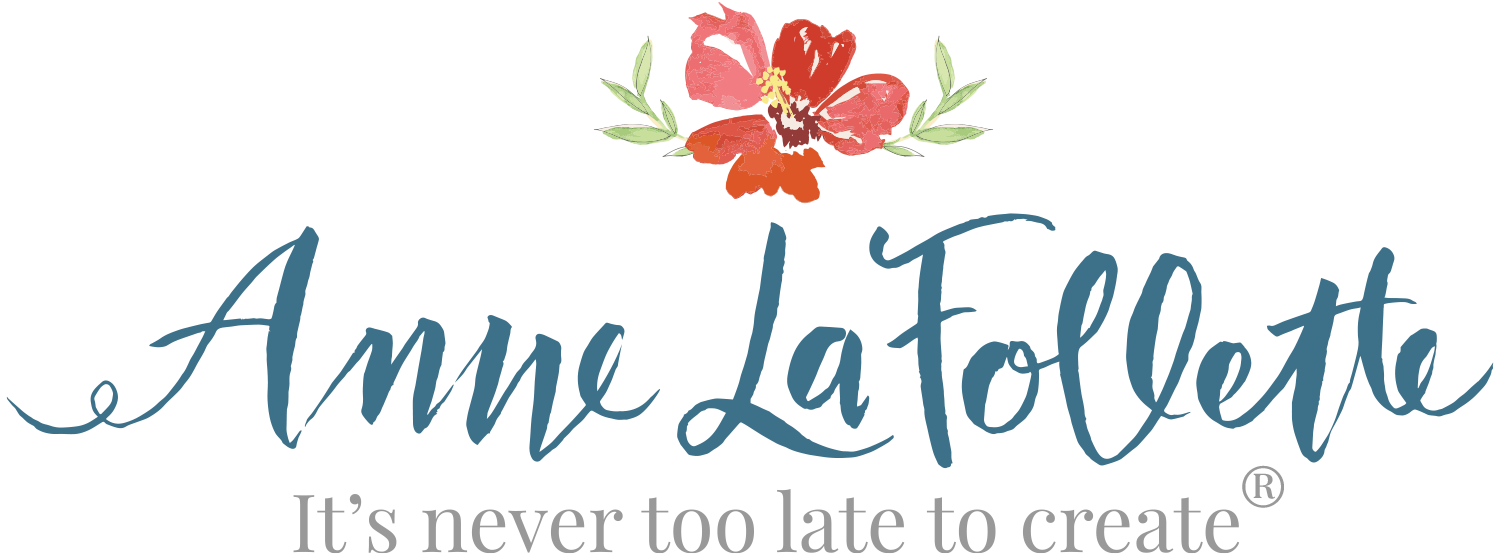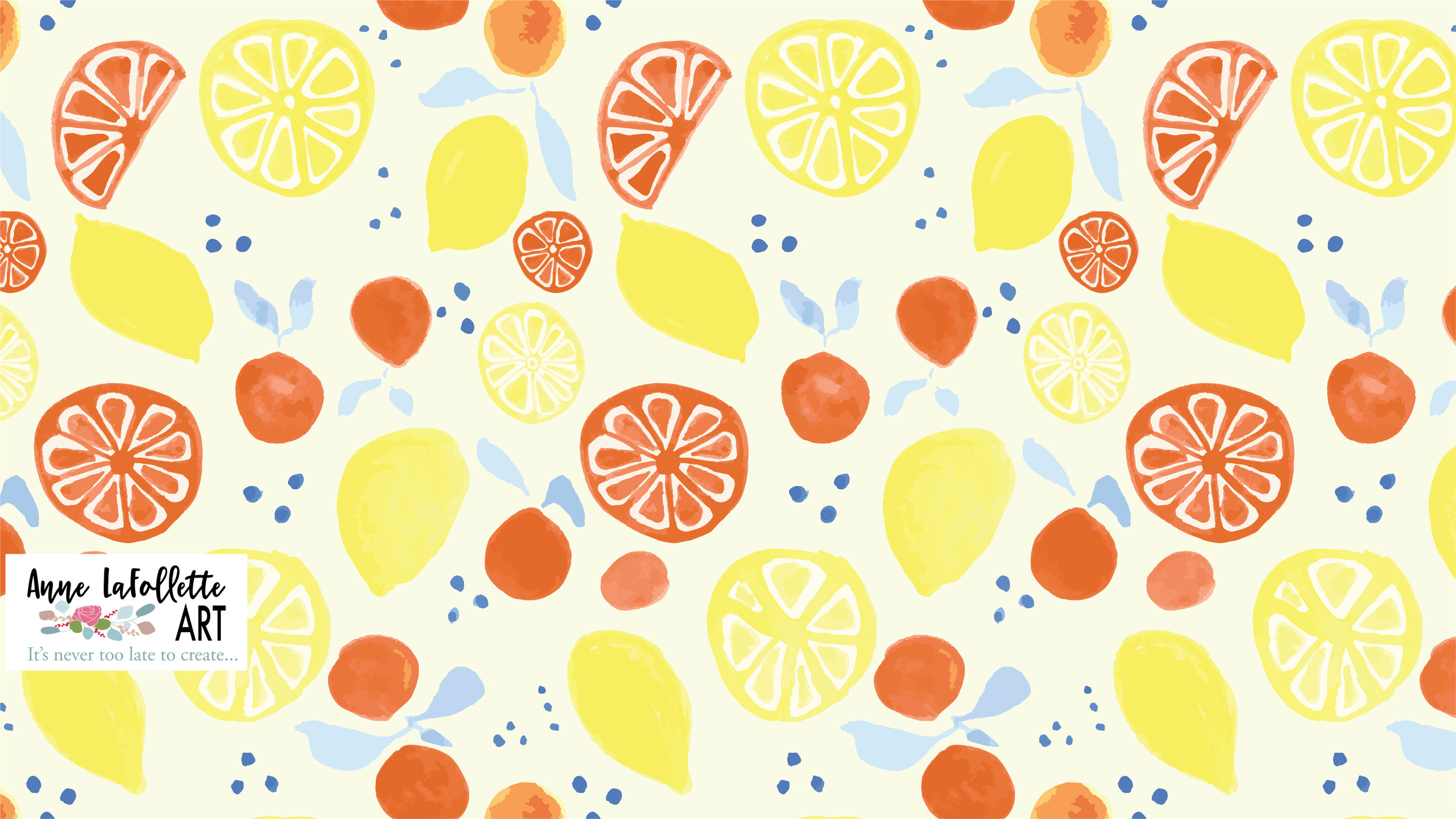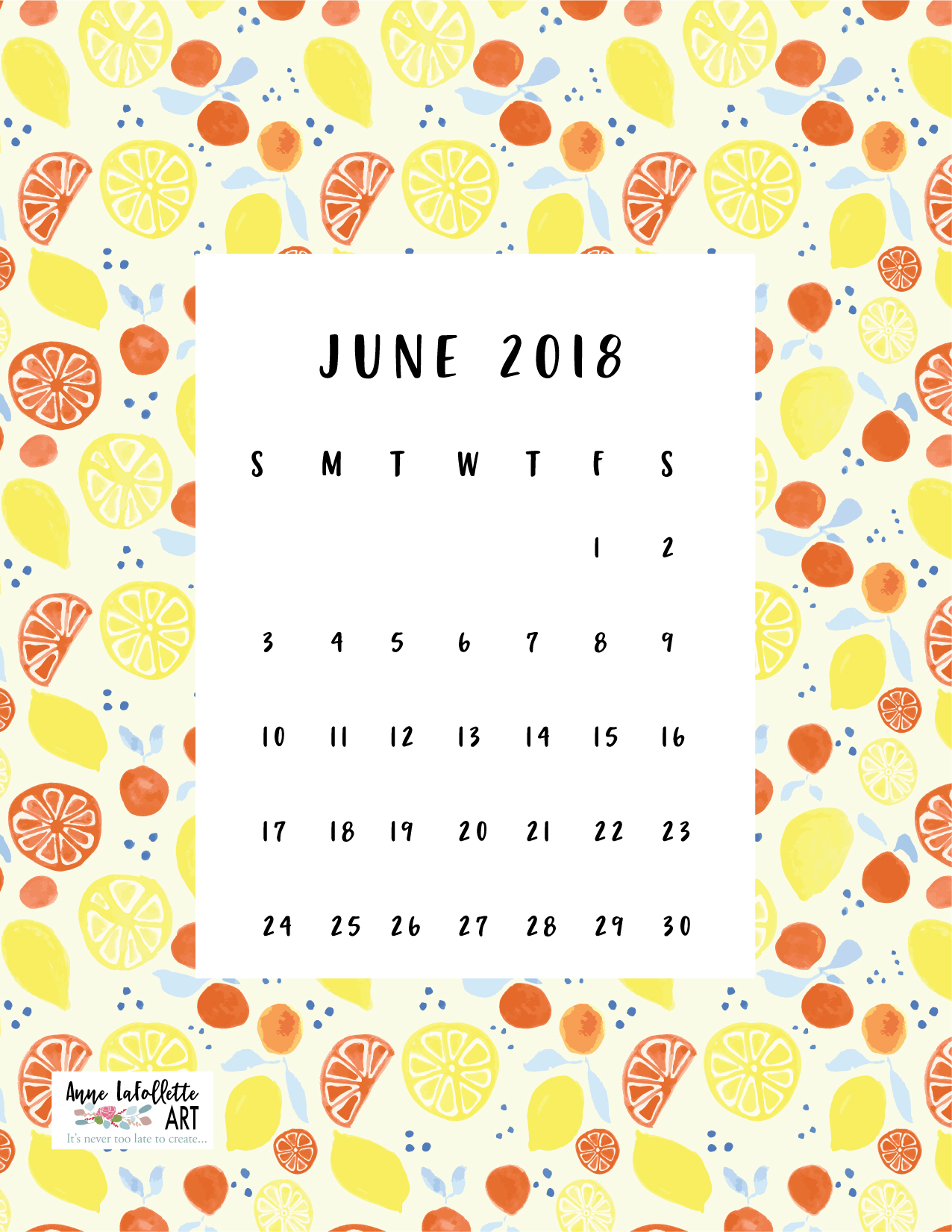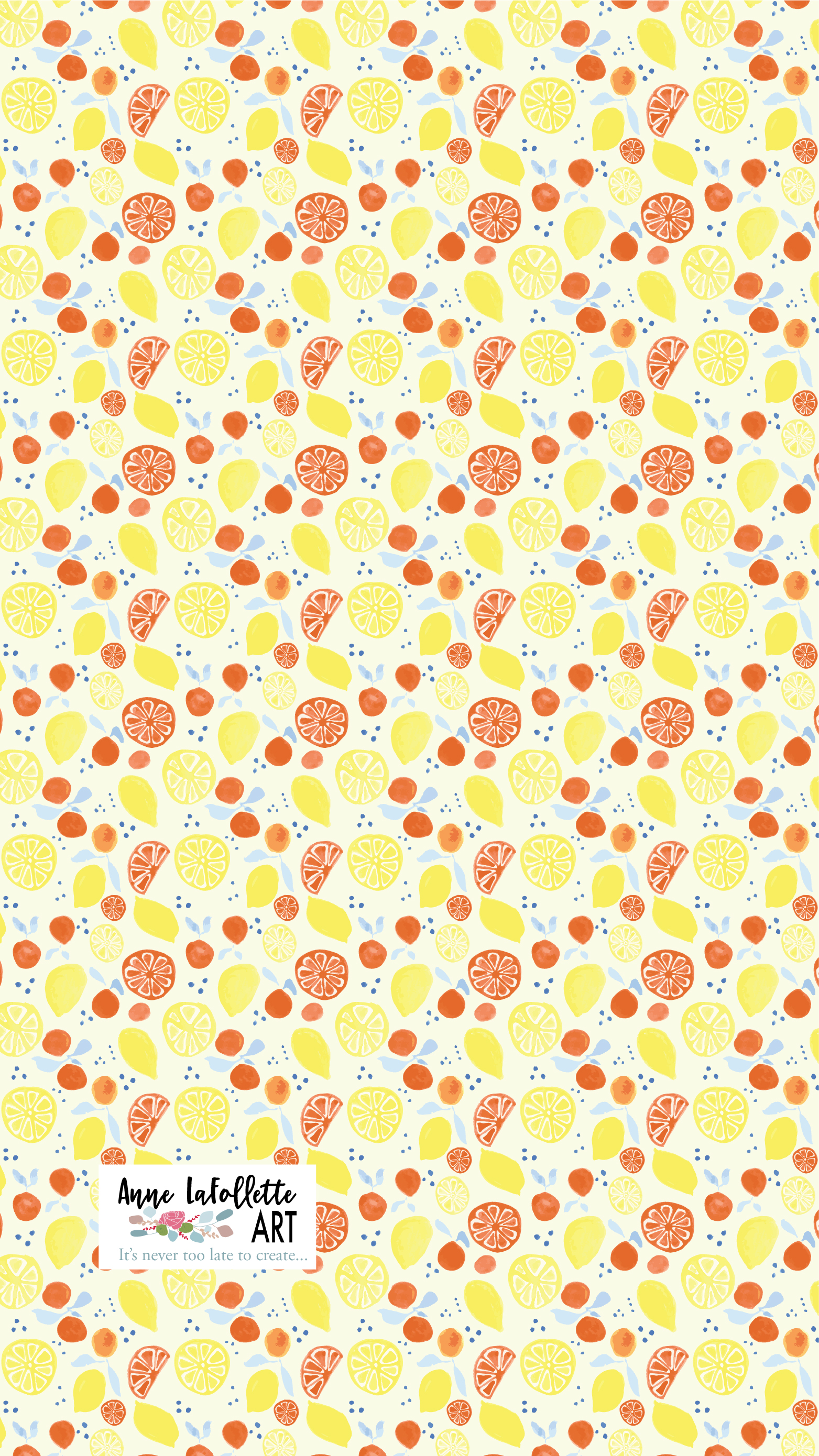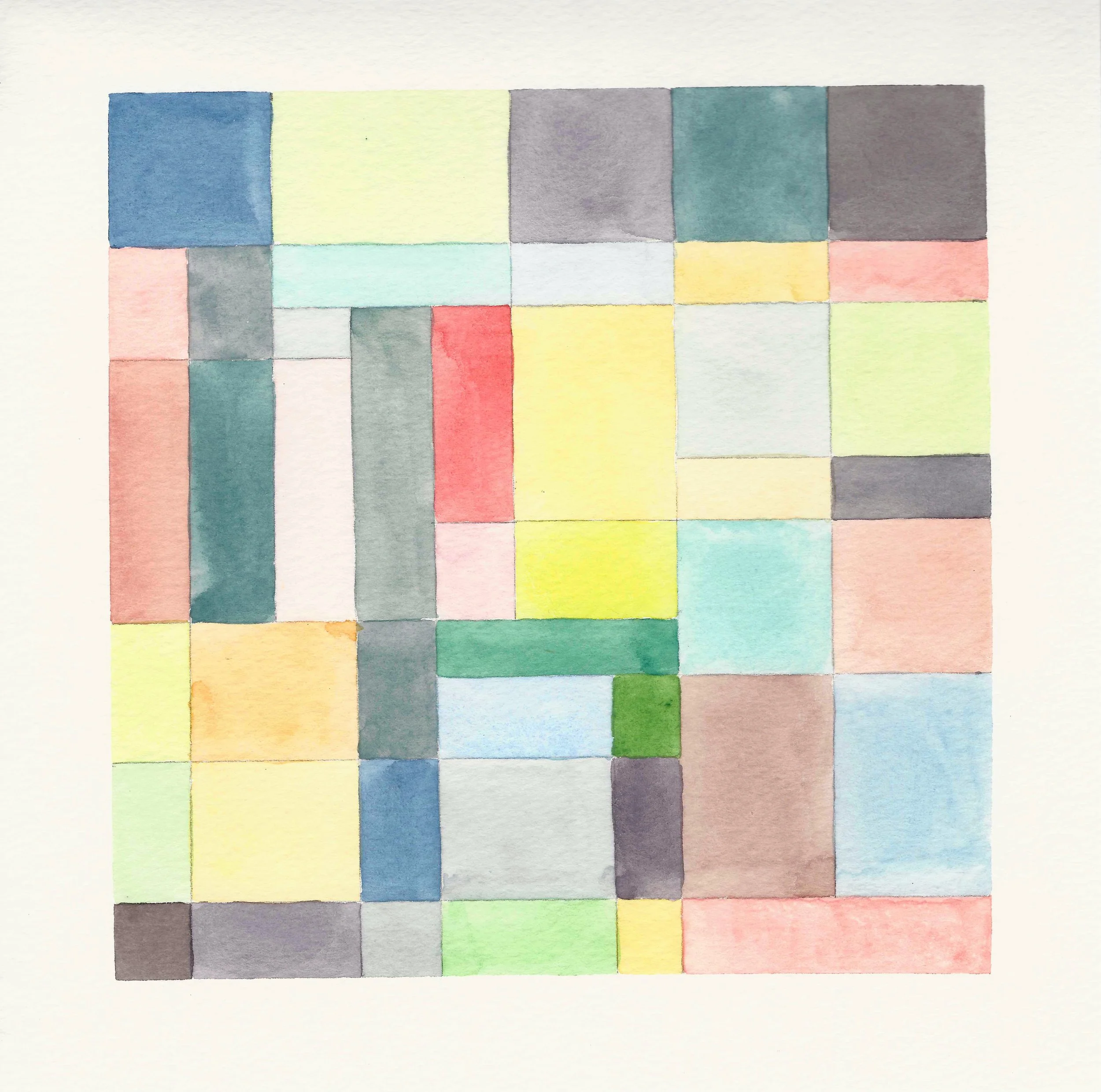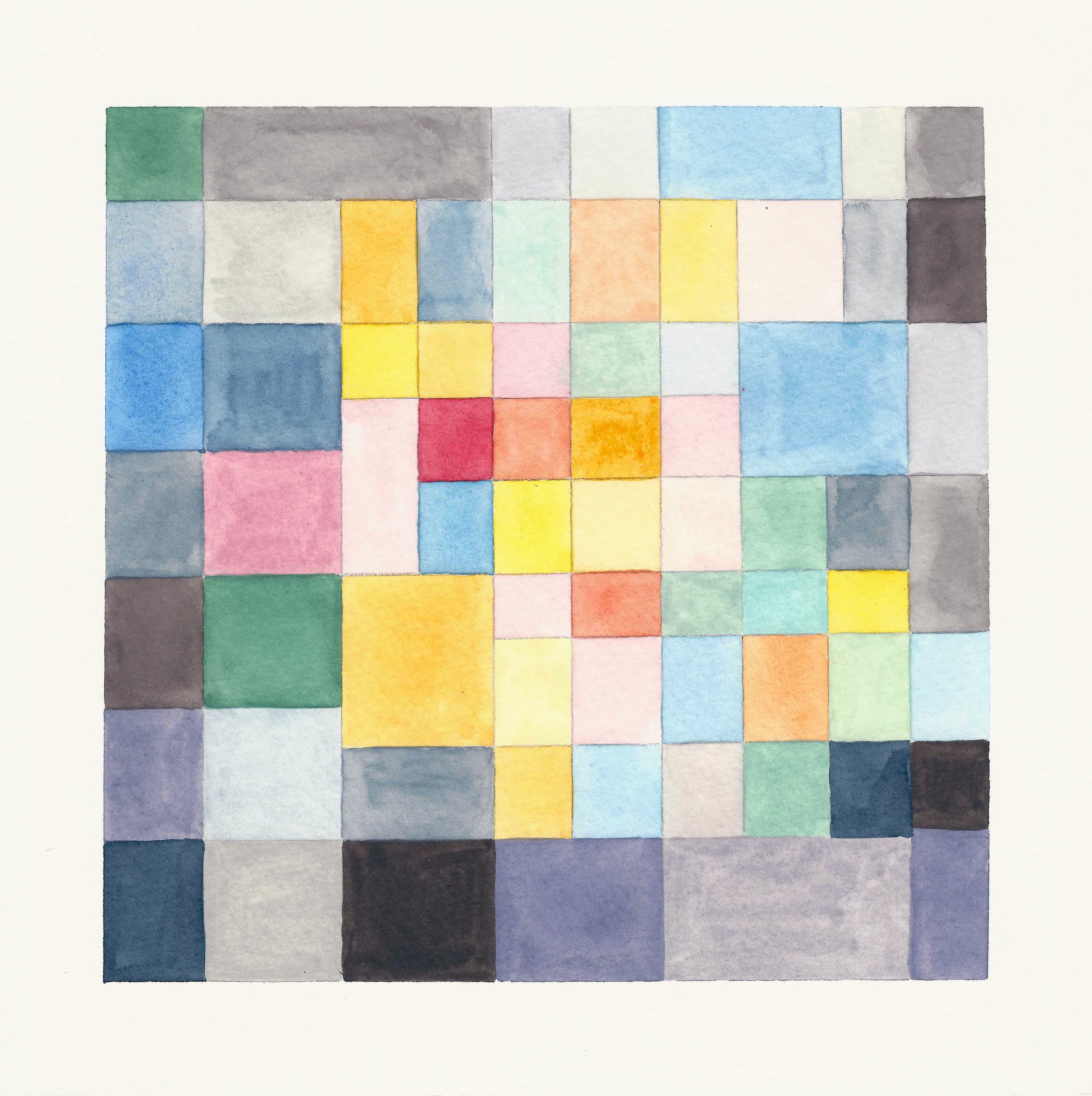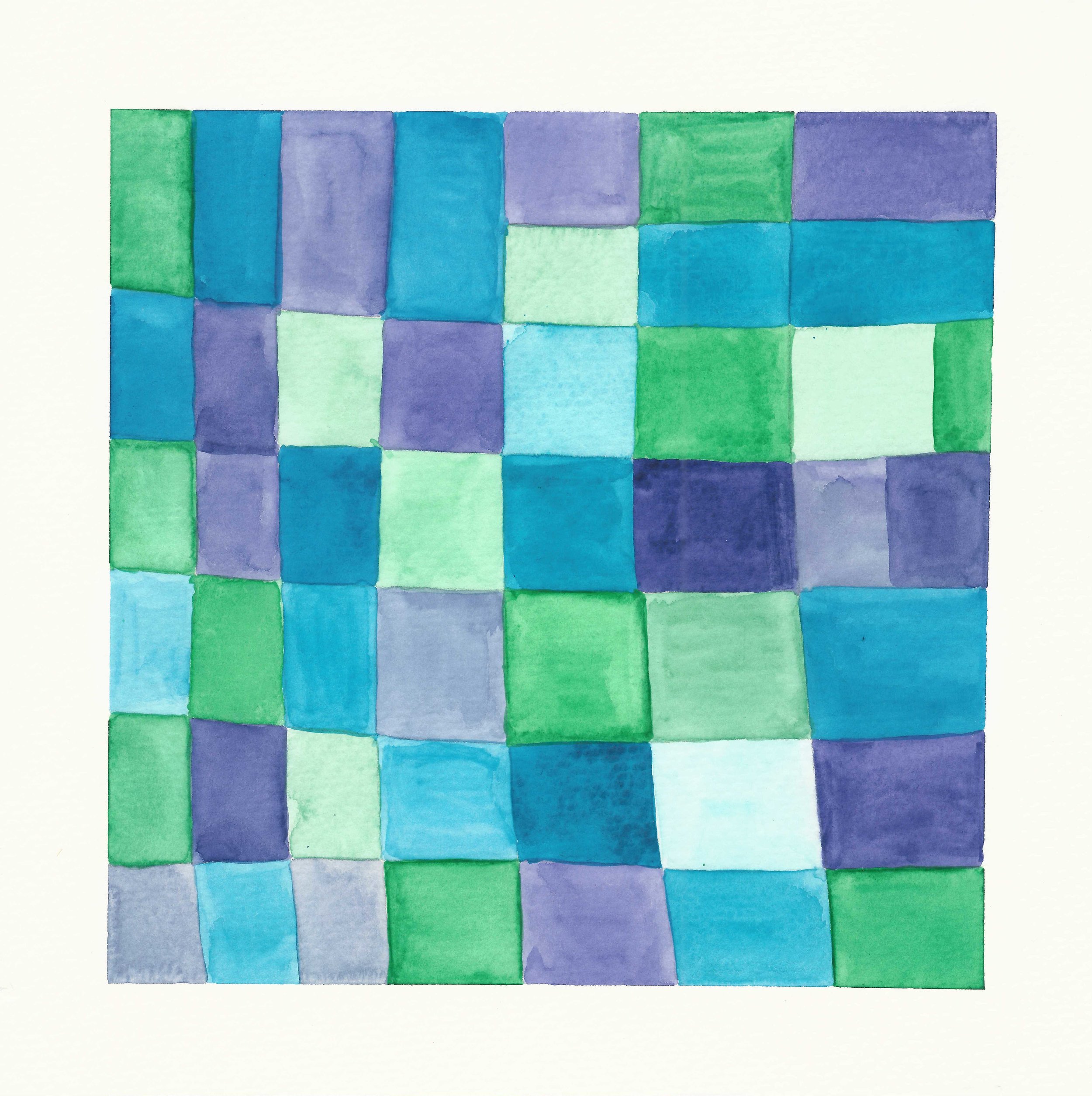Month-End FREEBIES & Five Techniques I Learned From Paul Klee
As we wrap up the month of May, I've been busy creating my June freebies for my email subscribers. At the end of every month, I send them a new wallpaper pattern for their phone and desktop or laptop computer as well as a printable calendar. My copy of the calendar goes on the fridge!
If you are not on my list but would like to join and receive these freebies, JOIN HERE.
This citrus pattern was inspired by the recent hot weather and sipping tall lemonades in the afternoon sun.
In our Facebook LIVE session last week, inside Anne's Art Club, we talked about a watercolor technique used by Paul Klee, one of my favorite artists. Here's a link to the FB LIVE session in case you missed it.
I love studying painters whose work I admire. Exploring their work helps me discover new techniques that I can try to apply, in some small way, in my own work.
After the live session, I realized that I learned a lot more from him than just the layering technique we talked about. Here are five techniques I learned from studying his work.
Give these a try in your watercolor practice!
GRIDS
Paul Klee is famous for his grids. He created his first one in 1914 after returning from a trip to Tunisia. He painted his last one the year he died in 1940.
One of the very appealing things I find about his work is that you can find glimpses of grids, or the use of geometric shapes, throughout his work.
His grids are hand-drawn which gives them a bit of wonkiness. They look simple but are actually quite challenging to make. Or at least my practice attempts don't look very interesting or complex! The whole effect changes quite dramatically if you use a ruler instead of drawing your lines by hand. Try a few yourself!
WikiMedia Commons image from Paul Klee's Temporis Collection
WARM/COOL COLORS
Klee was very inspired by color and color theory and became one of the great teachers of color theory of his time. He famously said: "Color and I are one. I am a painter."
One of his color techniques is using warm colors in the interior portion of a piece while surrounding those warm colors with cool colors. Or doing the opposite.
This is a HUGE area of study and it's a lot of fun to experiment using these guidelines. See what interesting combinations you come up with!
POP COLORS
Klee also creates interest by using a pop color in his grids. Sometimes that's by using white to lighten a piece and draw the eye to a specific area of the grid. Sometimes it's a deep, vibrant red! What pop color appeals to you most?
NARROW COLOR PALETTE
Even when he uses a narrow color palette, his application of layers of those colors creates endless tones and combinations. This is where the layering technique comes into play. A fun exercise to do is pick 3 colors to work with. Once your first layer is completely dry, apply a second layer of some (or all) of those colors. Apply them in interesting ways to create new color combinations.
PATIENCE
The entire process of creating these grid paintings takes a lot of patience. From thinking through a grid layout, to picking the color palette, applying the warm/cool layout and finally the layering technique is mesmerizing and meditative at the same time. My favorite online teacher, Carla Sonheim, recommends listening to Mozart or Beethoven while you paint these!
Here are three of my practice attempts completed several years ago.
I'm excited to give them a try again. And I hope you will too. I'd love to see them in our private Facebook group.
If you need some help getting started with watercolor, check out my Skillshare class: BEGINNING WATERCOLOR. If you join Skillshare through my PRIVATE LINK, you'll get 2 months FREE!
Read my blog from a few weeks ago where I share my top 5 reasons to give watercolor a try. I love this medium and encourage you to give it a try!
See you again next week.
And remember, It's Never too Late to Create!
xo,
Anne
Share this blog post with your friends and family by clicking any of the social media buttons below.
